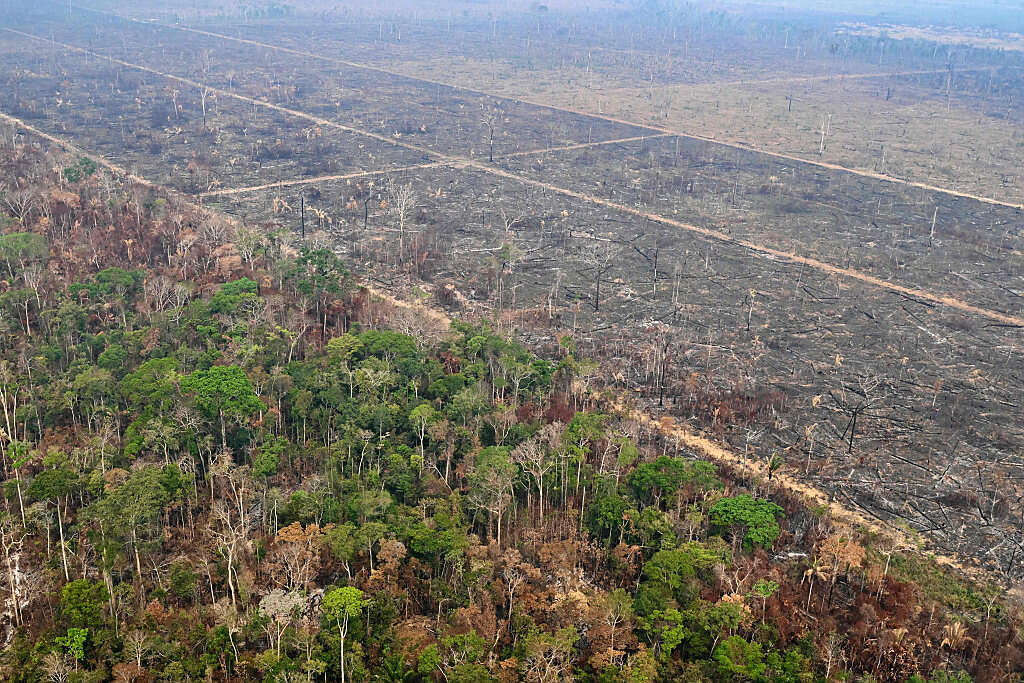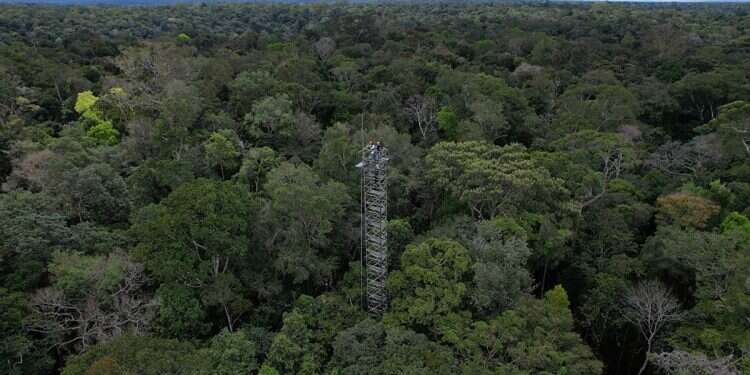A complex of "lost cities" that thrived for over 1,000 years has recently been remapped by archaeologists in the Amazon rainforest thanks to newly available technology, according to findings published Thursday in the journal Science.
Using an advanced laser mapping technique called lidar, researchers revealed an elaborate network of roads, neighborhoods, and gardens in Ecuador's Upano Valley, rivaling the complexity of Mayan urban centers.

"It was a lost valley of cities," said Stéphen Rostain, who directs investigations at France's National Center for Scientific Research (CNRS) and led the study, as reported by The Associated Press. "It's incredible."
The lidar imaging uncovered over 6,000 earthen platforms arranged in geometric patterns, connected by roads, and integrated with agricultural landscapes. The urban settlements were built and inhabited by the Upano people from roughly 500 BCE to between 300-600 CE.
"We're just beginning to understand how these cities were functioning," said Carla Jaimes Betancourt, a German expert on Amazonian archaeology, in comments to Science. Key questions remain about population sizes, trade networks, and governance structures.
The newly mapped Upano Valley sites are approximately 1,000 years older than previous major archaeological finds in the Amazon region. They challenge long-held assumptions that the rainforest environment was unsuitable for supporting complex civilizations.
"There's always been an incredible diversity of people and settlements in the Amazon, not only one way to live," Rostain told AP. "We're just learning more about them."
The research team identified five large settlements and 10 smaller ones across 116 square miles. Some rivaled other major archaeological sites in scale, with the core area of one settlement, Kilamope, comparable in size to Egypt's Giza Plateau.
ARCHEOLOGY
Vast network of 2,500-year-old garden cities discovered in Amazonia
The Amazon rainforest was once home to ancient cities, confirms Science magazine, which has published a description of the largest, oldest known Amazonian settlement in #Ecuador https://t.co/2jqZwMkJpw— Isabella P.P (@ISAbella_P_PARF) January 12, 2024
Fernando Mejía, an archaeologist at the Pontifical Catholic University of Ecuador and study co-author, said the Upano Valley discovery is likely "just the tip of the iceberg" of what remains to be found in the Ecuadorian Amazon.
The findings add to a growing body of evidence for sophisticated pre-Columbian societies in the Amazon. In recent decades, archaeologists have uncovered traces of mounds, hill forts, and pyramids from Bolivia to Brazil, gradually reshaping understanding of the region's ancient past.
Rostain emphasized the cultural diversity of ancient Amazonia, telling AP: "We say 'Amazonia,' but we should say 'Amazonias,' to capture the region's ancient cultural diversity."




